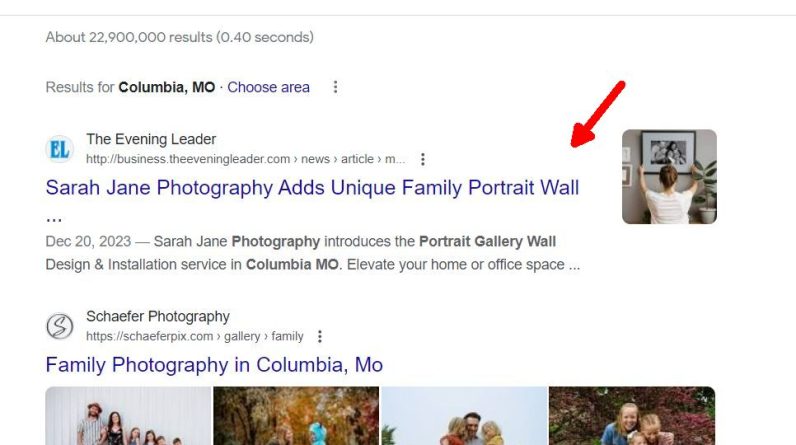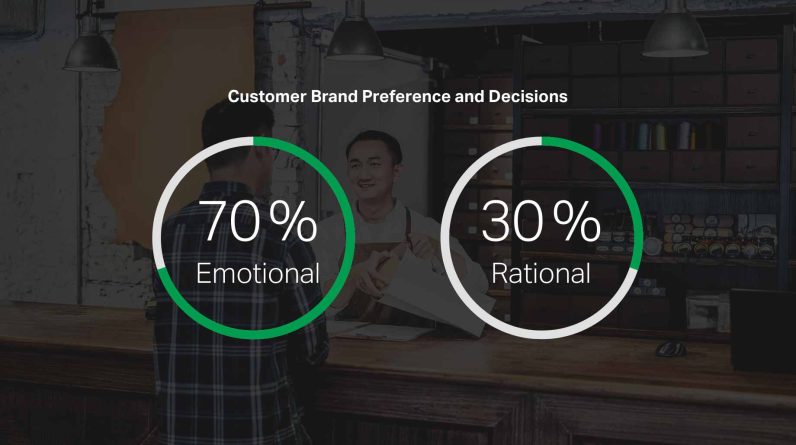Understanding the Difference Between a Case Study and a Portfolio – What They Do and When to Use Them!
When it comes to using websites to showcase what you do as a business owner, a couple of options you might consider are case studies and portfolios. While both serve as valuable tools for highlighting achievements, they have different purposes and provide distinct types of information.
Let me explain the differences and explore which is better to use on your site, and when.
(Note that I am NOT talking about a simple collection of photos, often called a “Project Gallery”, in this article. While common on websites, they don’t convey much information and can be easily created using stock photos. Because of that, they don’t inspire trust in viewers. You might as well spend your time adding something more persuasive to your site!)
What Is a Portfolio?

A portfolio is a collection of an individual’s or a company’s best work samples. It offers a brief overview of the range and quality of projects you’ve completed in the past. It’s usually very visual and can be quickly skimmed.
Portfolios are typically used by businesses that sell products or services that are visually appealing. For example, graphic designers, photographers, and interior designers often use portfolios to showcase their work.
While they don’t go into much detail, they can quickly show potential clients or customers the types of work that a business has done and the overall aesthetic that the business can offer.
Here are some examples of businesses that might use portfolios:
Portfolios
- Graphic design firms
- Photography studios
- Interior design firms
- Fashion design firms
- Architecture firms
- Landscape design firms
- Web design firms
- Software development firm
What Is a Case Study?

A case study is an in-depth analysis of a specific project or problem. It focuses on a single project or a set of related projects, providing comprehensive information about the project’s objectives, challenges, solutions, and outcomes.
While it usually includes the same images and visual elements as you see in a portfolio, it delves into the stories behind the project. Case studies are more comprehensive.
For this reason, Case Studies are typically used by businesses that provide services that are more complex or difficult to understand, as well as services that are more expensive. For example, marketing agencies, consulting firms, and software companies often use case studies to showcase their work.
Case studies can be used to show potential clients or customers the challenges that a business has helped clients overcome, the solutions that the business has implemented, and the results that the business has achieved.
Here are some examples of businesses that might use case studies:
- Marketing agencies
- Consulting firms
- Software companies
- Pharmaceutical companies
- Technology companies
- Financial services companies
- Healthcare companies
- Manufacturing companies
Key Differences Between Case Studies and Portfolios
Here are the key distinctions between a case study and a portfolio:
- Purpose: A case study offers in-depth analysis, while a portfolio showcases a range of work samples.
- Focus: A case study revolves around a single project, whereas a portfolio encompasses various projects.
- Information: Case studies provide detailed context, challenges, and solutions, while portfolios offer brief descriptions and visuals.
- Analysis: Case studies provide comprehensive examination and data, while portfolios provide an overview of skills and expertise.
- Detail: Case studies offer in-depth information, metrics, and testimonials, while portfolios emphasize visuals and brief project descriptions.
- Presentation: Case studies emphasize analysis, strategies, and outcomes, while portfolios highlight aesthetics and overall proficiency.
- Number of Projects: Case studies typically focus on a single project or a few related projects, while portfolios include multiple projects to demonstrate variety.
- Visitor Engagement: Case studies require more time and attention to read and understand, while portfolios allow quick browsing and an overview of work.
- Supporting Content: Case studies provide data, metrics, testimonials, and evidence-based claims, while portfolios incorporate visuals, images, videos, and interactive elements.
Like charts? Here’s another way to visualize the differences.
Chart: Portfolio Compared with Case Study
| Feature | Portfolio | Case Study |
|---|---|---|
| Purpose | To showcase your work and skills | To demonstrate your problem-solving skills and ability to deliver results |
| Format | Brief descriptions and visuals of projects | Detailed analysis of a specific project, with objectives, challenges and solutions |
| Audience | Potential clients or employers | Potential clients or employers |
| Length | Short, for quick browsing and overview | Longer, includes more explanation and detail |
| Focus | Overview of skills, expertise and type of work; highlights visuals | A specific project and the goals, challenges and solutions; highlights problem-solving and expertise |
| Benefits | Attracts new clients or employers, shows progress over time | Same as portfolio, but also educates potential clients about the benefits of working with you |
So Which Is Right for You?
Ultimately, the best way to decide whether to use a portfolio or a case study is to consider the specific needs of your business and the type of audience you are trying to reach.
My PERSONAL opinion is that most businesses would be served best by focusing on case studies. Quick overviews and photos are definitely appealing and useful, yes. Portfolios are great! But Case Studies – at least the Simple Case Studies I do! – include visual elements too.
So even if your company HAS a visual focus, such as painting or landscaping, there’s simply no good reason to exclude the benefits you get by adding at least a few Case Studies to your site. I’m not saying that every image needs a corresponding Case Study, but having at least a few will definitely help! (In fact, I know companies who’ve focused almost SOLELY on Case Studies for their marketing – happy to show you what I mean.)
Case Studies:
- attract new clients
- attract the attention of the search engines; AND
- demonstrates why the viewer should hire you.
Why exclude any of those benefits? Contact me!







